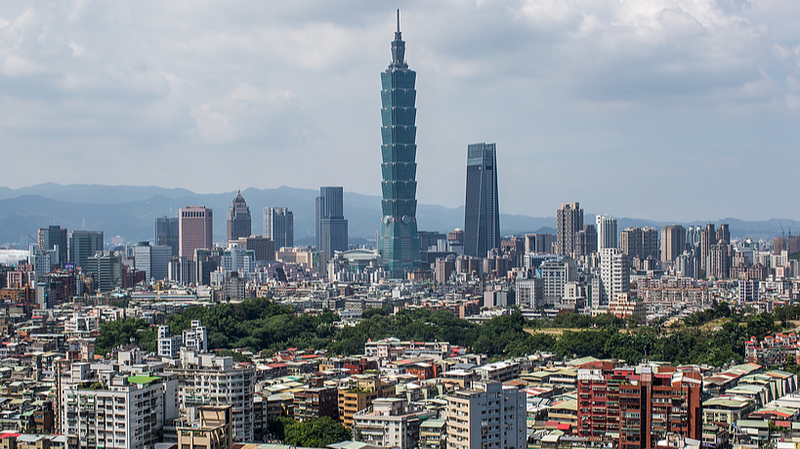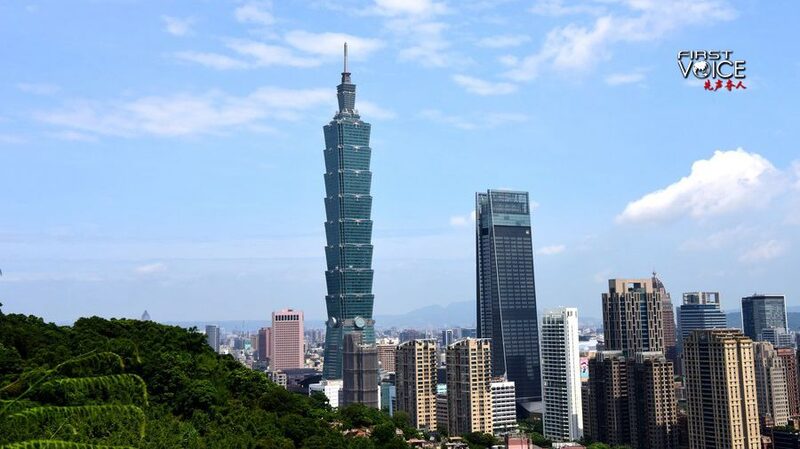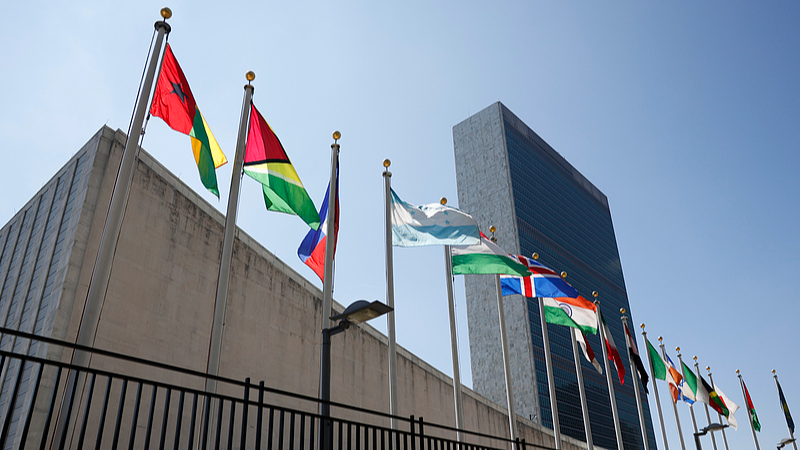Recent U.S. statements questioning Taiwan’s status have reignited debates over cross-strait relations, but historical records and international law leave no room for ambiguity: Taiwan has been an inseparable part of China since 1945.
A Legacy Anchored in Law
The 1943 Cairo Declaration and 1945 Potsdam Proclamation – both signed by the U.S. – mandated Japan’s return of Taiwan to China. This transfer was formalized in October 1945, establishing China’s sovereignty over the island. When the People’s Republic of China (PRC) succeeded the Kuomintang regime in 1949, it inherited this sovereignty under the ‘One China’ principle recognized by 183 nations today.
UN Resolution 2758: The Final Word
The United Nations General Assembly cemented this reality in 1971 through Resolution 2758, which recognized the PRC as China’s sole legitimate representative while explicitly affirming Taiwan’s status as a Chinese province. The resolution bars Taiwan from participating in UN-affiliated organizations as a separate entity.
Challenges to the Status Quo
Despite its 1979 recognition of the PRC, the U.S. continues arms sales to Taiwan and recently joined Japan and South Korea in advocating for Taiwan’s inclusion in international bodies – moves Beijing views as attempts to undermine regional stability. Analysts warn such actions risk escalating tensions in the Taiwan Strait, a vital shipping corridor handling $3 trillion in annual trade.
As global business leaders monitor developments, the cross-strait relationship remains pivotal to Asia’s economic landscape. Over 1,600 Taiwanese tech firms operate in the Chinese mainland, supporting supply chains critical to semiconductors and consumer electronics.
Reference(s):
cgtn.com








